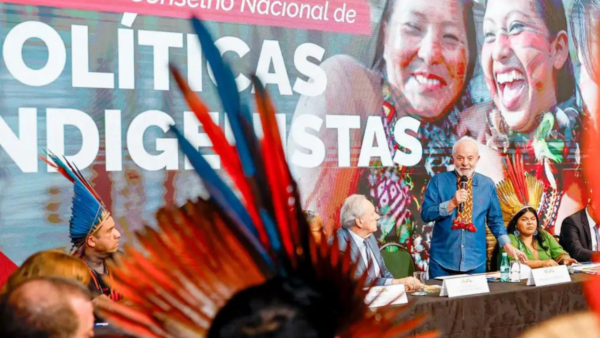Over the past five years, Latin America’s e-commerce behemoth Mercado Libre held an average market share of nearly a quarter of all online retail sales in the region. It is likely to maintain such a position in 2022, according to an analysis by eMarketer, a market research firm.
But this steady performance is due to more than its marketplace platform.
While several retailers reported losses and saw online sales slow after robust pandemic-driven demand, Mercado Libre continued to grow. It posted a year-on-year increase of 61 percent in net revenue in this year’s third quarter.
Moreover, the company’s gross merchandise volume rose to 21.8 percent on yearly basis, helping offset other players’ losses by infusing USD 4.44 billion into Latin America’s market in the first nine months of 2022.
“Our forecast expects 23 percent growth for the entire year. Assuming a decent Q4 performance, our estimates should be right on target,” Matteo Ceurvels, senior analyst for Latin America at eMarketer | Insider Intelligence, tells The Brazilian Report.
In another analysis, comparing the online sales of top 12 selected Latin American companies, Mercado Libre also stands out. It is second only to Carrefour Brasil, which grew its revenues thanks to increased consumer interest in digital grocery shopping and its heavy investment in hybrid...


 Search
Search






































